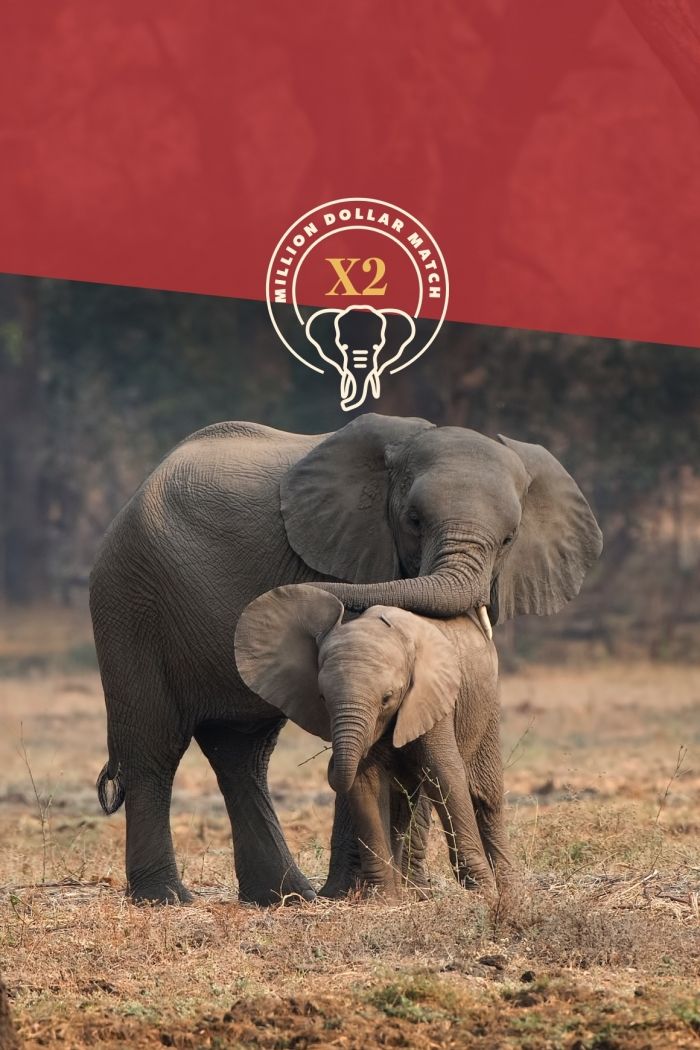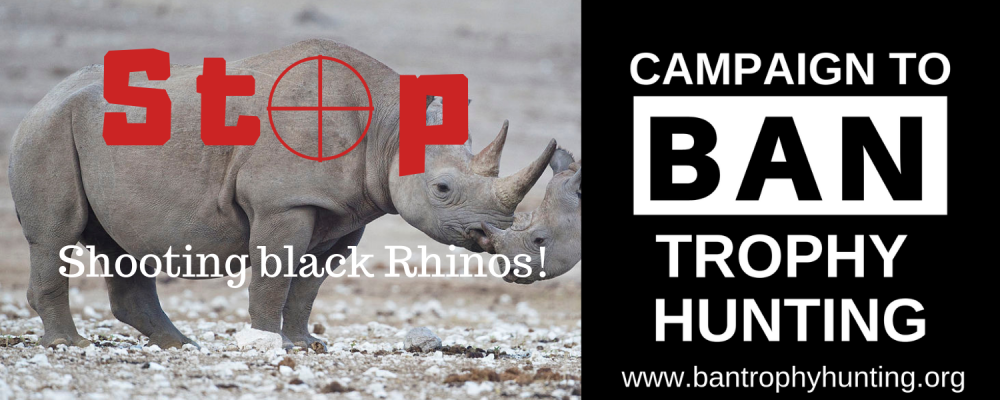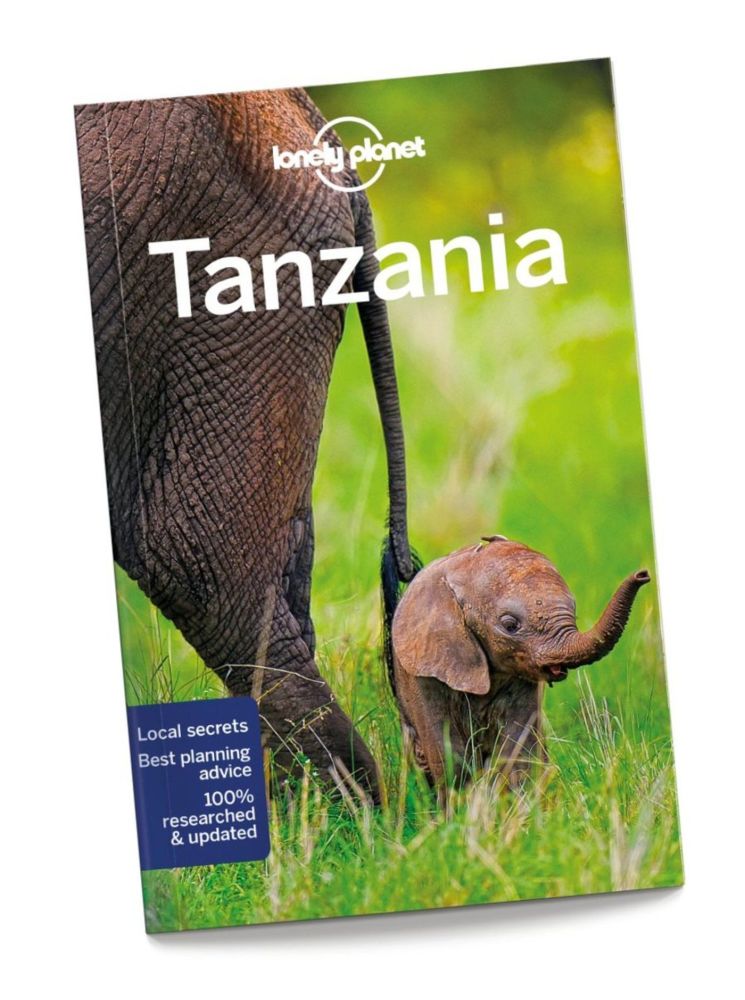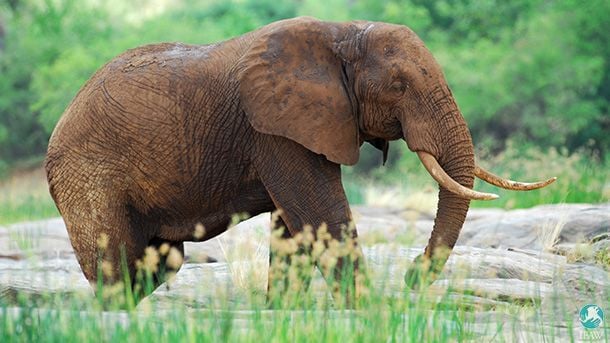|
Update 2023: Unfortunately Nikela is no longer running but there are lots of elephant charities you can look to help here.
Here’s a great way to get involved and to help reduce the conflict between elephants and people.
Sponsor a bee hive!
In fact, you can get your name – or theirs – on a beehive and help save elephants.
For a 29 year old called Moses who was deeply passionate about wildlife conservation and rescuing animals, determined that human-wildlife conflict was the most pressing problem in his home area of Tanzania.
Elephants from nearby reserves were entering farmlands and causing considerable damanage, destroying crops.
A solution to the elephants destroying crops was to install 20 bee hive fences along a border next to the Arusha National Park.
Moses founded and sorted out a NGO (Alert for Endangered Wildlife Species or AFeWiS).
Placing bee hives strategically along the perimeters of farmland surprisingly keeps elephants at bay. Elephants are afraid of bees, you see,
Each beehive costs $50.
Enter Nikela, run by Margrit and Russ. It’s a small US based non-profit organization. And its mission is to “to help people protecting nature, especially doing wildlife conservation. Nikela helps those protecting and preserving endangered African wildlife species.”
So far they have given over $40,000 to 22 projects in 8 countries in Africa. All to those protecting and preserving endangered African wildlife species, all funded by donations from people all around the world!
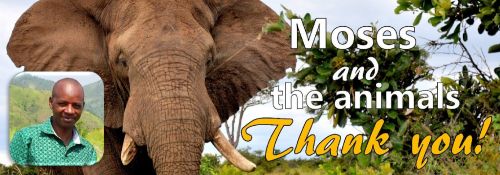
And they sent Moses $500 to get the bee hives off the ground. And there’s good news about the effectiveness of the project, with examples such as this one.
Mr Baraka reported that over 50 elephants from a neighbouring reserve were entering his fields and destroying his food crops.
Beehives were mounted – and the number of elephants rapidly dropped to 25. Within 4 weeks, Mr Baraka was reporting that no elephants had come into his fields, saving his crops. This means they will have food this season.
More farmers are asking for beehive fences now and you can sponsor a beehive to be included in a fence. In fact, you can also sponsor an entire fence – about 10 beehives make up an effective fence in most cases.
Can Bees be the “Peacemakers” and solve human-wildlife conflicts with Elephants?
You can dedicate your beehive in honour or in memory of someone.
So go ahead, what are you waiting for? Remember, to note the exact spelling of the name you wish to see on the beehive, or beehives.
Sponsor a Bee Hive here and you’ll help reduce conflict between people and elephants. If you’re not sure, take a look at comments from donors – we can all make a difference
Sign up for Nikela’s newsletter
|
